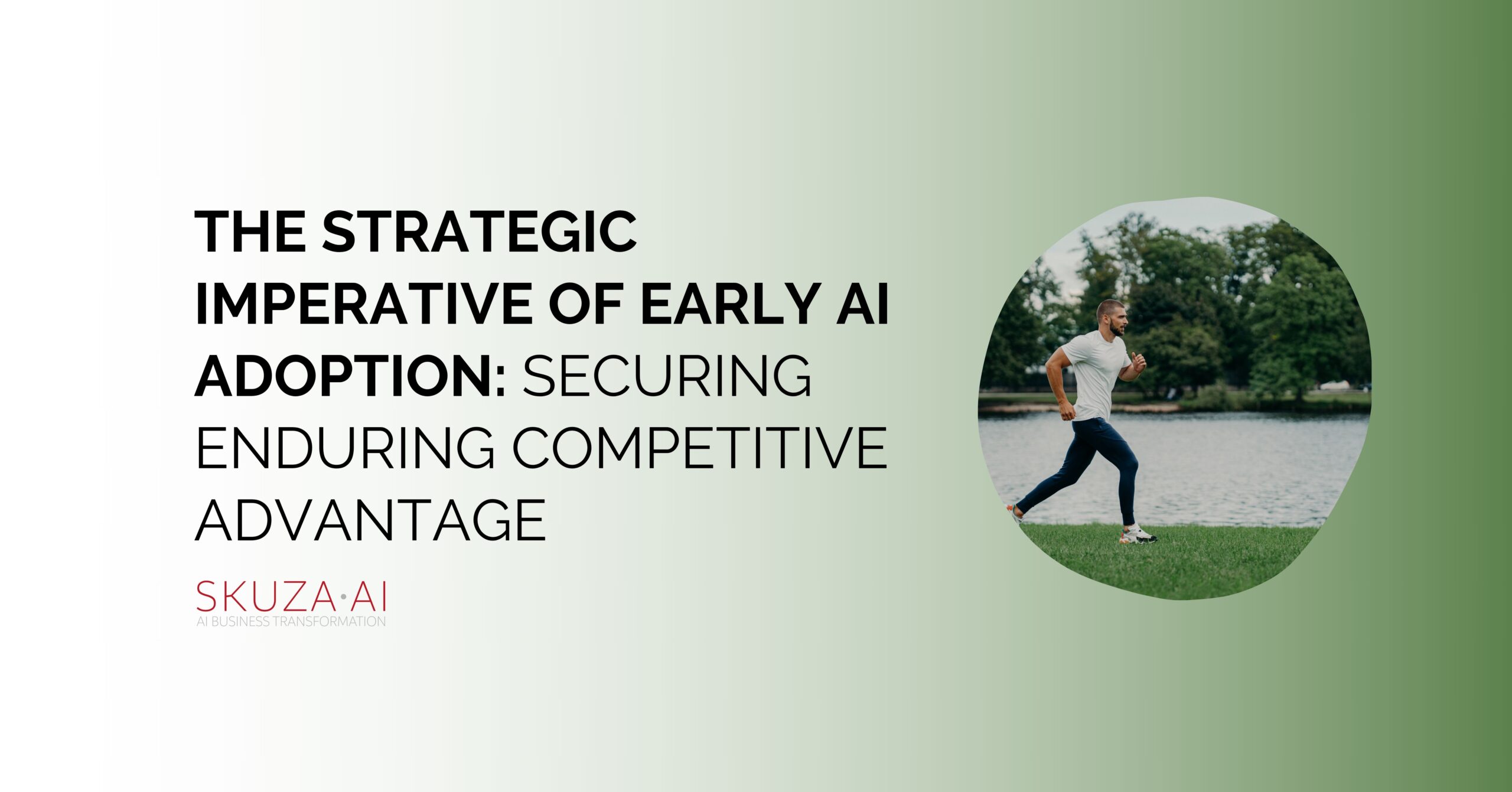Are there any applications of Machine Learning, or are we still talking about the future and something they will come to us in a few years?
Artificial Intelligence here and there. Machine Learning, robots, and automation. These terms bombard us from many different directions. There is a lot of information on the Internet, but what are machine learning practical examples?
In this post, I would like to fly over the machine learning algorithms, explain them quickly, and then present some examples of applications of ML.
Let’s have a look at the machine learning models first.
Applications of Machine Learning and the algorithms types
ML models can be put into four categories:
- supervised learning,
- unsupervised learning,
- and reinforcement learning.
Business people love simple things because they don’t have time to study details. The businessman needs to act, so for those busy folks – the main difference is who seasons the algorithm. Supervised (cue the title) requires a supervisor, which means that engineers and developers need to label data. Otherwise, the algorithm will be stuck, and there will be no results.
Supervised
Applications of machine learning should bring results. Supervised types of models will not bring them without naming a car, car first, or without showing the algorithm that this lady has long hair. The algorithm is dumb without the supervisor and can’t learn. To train that bastard, you need a bunch of people who will label the data. From a strategy and business model point of view, you need to hire and partner with somebody who provides that clicking hands. Your employment costs will go up, as you need to feed these hands to label data.
The prize? You will get what you want. If your people tag all nudity pictures, you will be able to say, “Hey, this social network is kinds friendly, as we know how to erase all inappropriate content.”

When your startups stop labeling data, the algorithm will stop learning, but you can scale it globally quickly. It works well and makes users happy.
One of the most common applications of machine learning is Google spam filter. Engineers taught models to recognize spam, making the algorithm smart, and now we can enjoy less spam in our Gmail inbox.
Apple Pencil uses algorithms too!
Another example is your iPad and Apple Pencil. Yes! When you grab the pencil and start handwriting, the algorithms can quickly recognize letters, then words, and sentences. Somebody or something labels the whole bunch of characters and brings them to the device. Apps like GoodNotes, or Notability use or will use a lot of supervised ML models. Machine learning uses in these cases are beneficial to end-users, as you can get the results quickly, and most of the time, the results are satisfactory.
UBER and the masked driver
Recently Uber announced that the app would have an AI component, which recognizes whether the driver is wearing a mask or not. The driver needs to point the face to the smartphone camera; the app snaps a selfie and recognizes the mask is on/off. Purely supervised machine learning uses.
Applications of machine learning in Waymo
Waymo is the self-driving technology company owned by Google’s parent company, Alphabet. Waymo’s vehicles collected a vast amount of data in Phoenix, California, and Washington. What did they collect? Well, the set is impressive, here it is:
- Synchronized data from five lidars and five front and side facing cameras
- Sensor calibrations and poses
- Object labels (vehicles, pedestrians, cyclists, and signage) with 3D bounding boxes for all lidar frames
- Object labels with 2D bounding boxes for camera data in 100 segments (Source: InfoQ)
The data is so well prepared that it can be used for supervised machine learning of models.
Waymo’s self-driving cars spent two years on the streets of Arizona, always having a driver in the car. It took solely in Arizona, 10 000 trips in two months. The experience of passengers was awful. People complained that traveling in the taxi was unpleasant, as sometimes the car picked up ridiculous trips that made passengers late.
Unsupervised
You might calculate your machine learning uses, and decide to go with unsupervised machine learning models. That’s fine, but be ready to deal with the unknown. Supervised algorithms will give the results you want, and unsupervised will drag you to the future without telling you what you will achieve. Crazy? I can see investors face “Hi my startup is working on applications of machine learning in health conditions monitoring, but we don’t know what the results will be”
Investors have poker faces, I assume! Anyway, unsupervised eat unlabeled data and digests it, in the hope to give exciting results. Imagine you have a set of rare soccer cards that you want to sell on eBay. The unsupervised model will try to find the business application for you by getting you a price you should sell your cards for. The model will process data, try to find the near price, and recommend it. How can you be sure the price is reasonable, and you will get what you want? You need to feed the beast with a lot of data. A lot means tones of data. What are the consequences?
You need a lot of memory to process the data, strong computing power, and time – 6 months or two years. It depends on what your goal is. Think Tesla now, how much data it needs to the consumer to optimize battery performance. Thousands of Teslas send data to the cloud, and the data feeds ML models, these guys suggest batteries configuration, which then Tesla onboard software implements. You are just driving the car and pick up your Starbucks Latte, while the Machine Learning model drives the performance improvement.
Amazon and machine learning uses
Unsupervised algorithms are operating in certain boundaries, like price estimation, hardware optimization, recommendations. Applications of machine learning in these boundaries can be very different. Let’s take Amazon and their ability to predict what you will like. Bezos’s company sends samples because ml models can predict what you will probably consider as an exciting product.
Related: Artificial Intelligence in Amazon
Amazon machine learning algorithms swallow, digest, and deliver a lot of data. A massive stack of data. The more they eat, the better they become. The difference between supervised and unsupervised algorithms is clear; the last one, if set up correctly, becomes smarter. It scales slower because it makes a lot of mistakes on the way. These mistakes can be corrected only by more data and tuning.
Salesforce
Call your ML models Einstein, and everything will change. Of course, I am joking. You will not season unsupervised models as long as you don’t give algorithms an excellent set of data. Salesforce owns the data, so the company has created Einstein. It is a combination of SaaS (Software as a Service) and Machine Learning. Cracking tones of data, Einstein suggests better leads for the salesman, and it trains chatbots to handle better customer services or shuffles what products different end-users see on the website. If you own trucks of data, you can predict a lot.
Your algorithms will be smarter by suggesting your customer’s next smartphone case, sunglasses, or a bottle of wine. Have a look at this picture.

While I am writing this article in Grammarly, it suggests better sentence construction. Unsupervised algorithms are here with me, too.
Semi-Supervised
A little bit of this and that, I would say. If you have some data, but not tones of it, and at the same time, you can label the data pretty well. For instance, I am a landlord, and I own several thousands of records of people living in the district. I know who lives in the 20 miles radius so that I can advertise more precisely. Some of the data set are labeled, some not, there might be a mess in the data, but if I get the right team, I can clean it.
Here is how it works:
a) Machine Learning models use a limited set of labeled sample data to shape the requirements of the operation
b) The partially trained model can’t give the full results, but it can train the model partly. For instance, I can understand the age trend in my data, but I can’t figure out sex or ethnicity. I still have a chance to hire ML models to help me in targeting.
c) Finally, I merge labeled and pseud-labeled data sets. It becomes a semi-supervised model.
Google Photos
The popular service gets the gift from billions of people. The data set. We are uploading not labeled pictures—tones of them. Google doesn’t know initially if this is a shoe or banana. Google labeled bananas and shoes already, so it can easily search through our database and find bananas in our photos pile. Every time Google asks you for tagging the face of your father in law, it learns your private labels. Moreover, all the partially hidden bananas, or old parts of shoes, which are hard to find, eventually will be labeled by Google algorithms.
In this case, applications of machine learning allow businesses to leverage imperfect sets of data and improve the data set and the algorithm in the long run.
Behavox’s ML models can listen to employee conversation
Behavox is a fascinating company. Initially, the technology could listen to big financial institution employees’ conversation to stop another fraud. Think about how difficult it is to understand emails, phone calls if you are an algorithm. No structure at all. It is “looking for a patterns” job. You can’t label all the data, and you can label some. I bet the company leverages unsupervised Machine Learning algorithms. An algorithm performs labeling to provide a viable image or speech analytic model with coherent transcription based on the sample core.
But it might not be enough, so we need to whistle and hire
Reinforcement Machine Learning Algorithms
Imagine you want to recognize all people in the subway who don’t have the mask on the face. You can download tones of images, but still, people can have faces covered by scarfs, glasses, hoodies, etc. Your CCTV cameras installed underground continually collect new materials for you. Potentially you can get smarter, but the data flow is not structured and labeled. You can’t say easily if this is a mask, scarf, or something else.

In this case, machine learning models through contiguous sequences of tries and fails improves itself based on the combination labeled data and interactions with the incoming data. In other words, the action takes place, the consequences are observed, and the next step considers the results of the previous action. Somebody needs to evaluate the effect, and “manually” confirm if this is expected or not expected one.
Applications of Machine Learning, Reinforcement Algorithms
- Do you love to make money? So you experience a lot of this type of algorithms. Pit.AI is at the forefront of leveraging reinforcement learning for evaluating trading strategies. It is turning out to be a robust tool for training systems to optimize financial objectives.
- Dynamic pricing. Try this. Find a LEGO deal on Amazon, and then look for the same on the Wal-Mart website. Most of the time, you will find the same pricing. If you see it, reinforcement algorithms already did their job and matched prices dynamically.
- In Fanuc, the robot uses deep reinforcement learning to pick a device from one box and putting it in a container. Whether it succeeds or fails, it memorizes the object and gains knowledge and train’s itself to do this job with high speed and precision (Source: Quora)
Here is the video with slides (slides are available in the “Learn From Home” section, here is the link) if you prefer visuals:
What next?
I hope I showed you various applications of machine learning. Choice is amazing, it depends on your business model, resources and the data set you own or have access too. One is certain, you can’t say “well I can’t use any of these ML models”. I would even add, you need to choose as the future of AI is certain.
Related:

